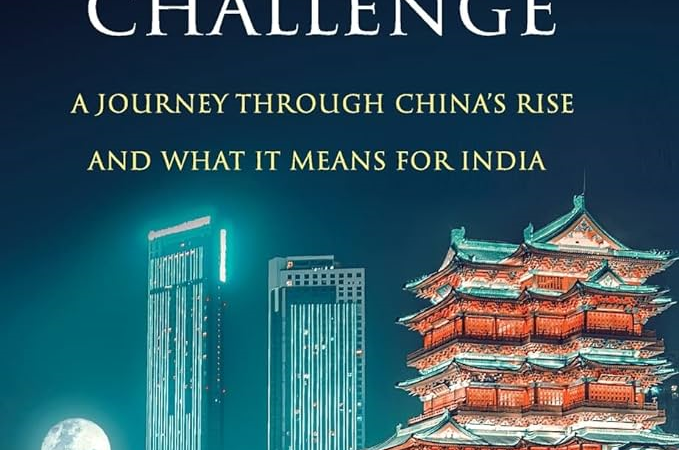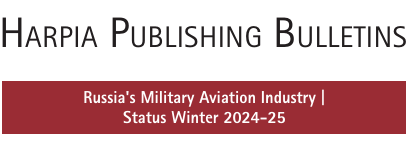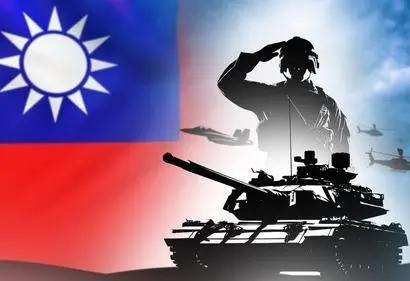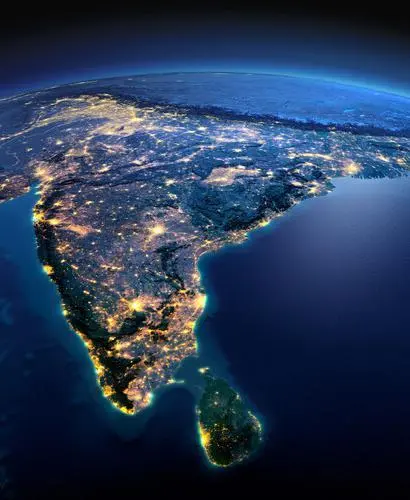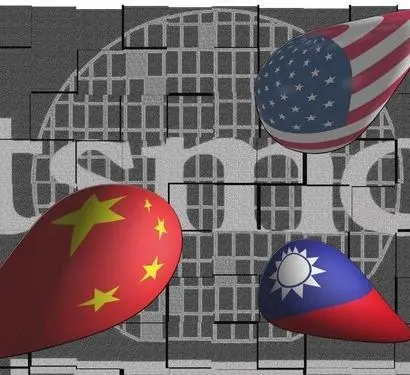A Journey Through China’s Rise and What it Means for India
Ananth Krishnan, (HarperCollins India, 2020). pp. 420.
Ananth Krishnan’s “India’s China Challenge” offers readers a deep and nuanced exploration of the complex dynamics between India and China. Krishnan, a correspondent in Beijing for a decade, provides a unique and first-hand perspective on China’s remarkable transformation and the evolving relationship between the two Asian giants.
Krishnan begins by dissecting China’s political landscape, offering readers an understanding of the omnipresent role of the Communist Party in shaping the country’s policies. He emphasizes that the Party’s influence extends to every facet of Chinese life, playing a pivotal role in policy formulation and decision-making. Krishnan draws attention to the challenges posed by corruption within the Party, echoing scholar Minxin Pei’s assertion that corruption is an outcome of Deng Xiaoping’s authoritarian model of economic modernization.
The author meticulously analyses military challenges, particularly the unresolved border issue between India and China. Krishnan provides a detailed account of events, notably the Doklam crisis and the Galwan clash, offering insights into the People’s Liberation Army (PLA) mindset. He highlights the PLA’s role as a political tool, instrumental in ensuring the continued dominance of the Communist Party.
The economic dimensions of the India-China relationship come under Krishnan’s scrutiny in the next section. Contrary to the common perception that only the central government is involved in infrastructure and manufacturing, the author underscores the decentralized nature of Chinese governance. He explores the unique characteristics of China’s manufacturing rise, dispelling the notion that such success can be easily replicated elsewhere. Krishnan adeptly navigates through the intricacies of China’s economic transformation, offering valuable insights into the challenges and opportunities presented by the world’s second-largest economy.
The section focusing on India-China relations provides a detailed account of high-profile visits by leaders from both nations. The author emphasizes the need for India to take the lead in resolving border disputes, showcasing his nuanced understanding of the historical context and contemporary challenges.
A significant strength of the book lies in Krishnan’s exploration of regions critical to China’s internal stability, such as Tibet, Xinjiang, and Hong Kong. Drawing from his visits to these areas, the author offers nuanced insights into the challenges faced by the Chinese authorities, including unrest and suppression. Krishnan discusses the Chinese government’s demographic changes and infrastructure investments to address these challenges, providing readers with a deep understanding of the complexities of governing diverse regions within China.
Krishnan discusses the Chinese government’s demographic changes and infrastructure investments to address these challenges, providing readers with a deep understanding of the complexities of governing diverse regions within China.
The book’s final section breaks the stereotype of Chinese homogeneity by presenting seven accounts of different Chinese individuals. This approach adds a human touch to the narrative, allowing readers to understand the diversity within China and the lives of its people. By humanizing the Chinese experience, the author successfully dismantles preconceived notions and fosters a more profound understanding of the country’s people.
“India’s China Challenge” recounts historical events and a forward-looking exploration of the ongoing challenges and opportunities in the India-China relationship. By presenting a balanced perspective, the author contributes to a more nuanced understanding of the intricate geopolitical landscape surrounding India and China.
Vanshika Sirohi is a postgraduate student at the Jindal School of International Affairs and the Centre Coordinator at the Centre for Security Studies, JSIA. All views expressed in this publication belong to the author and do not reflect the opinions or positions of the Centre for Security Studies.


